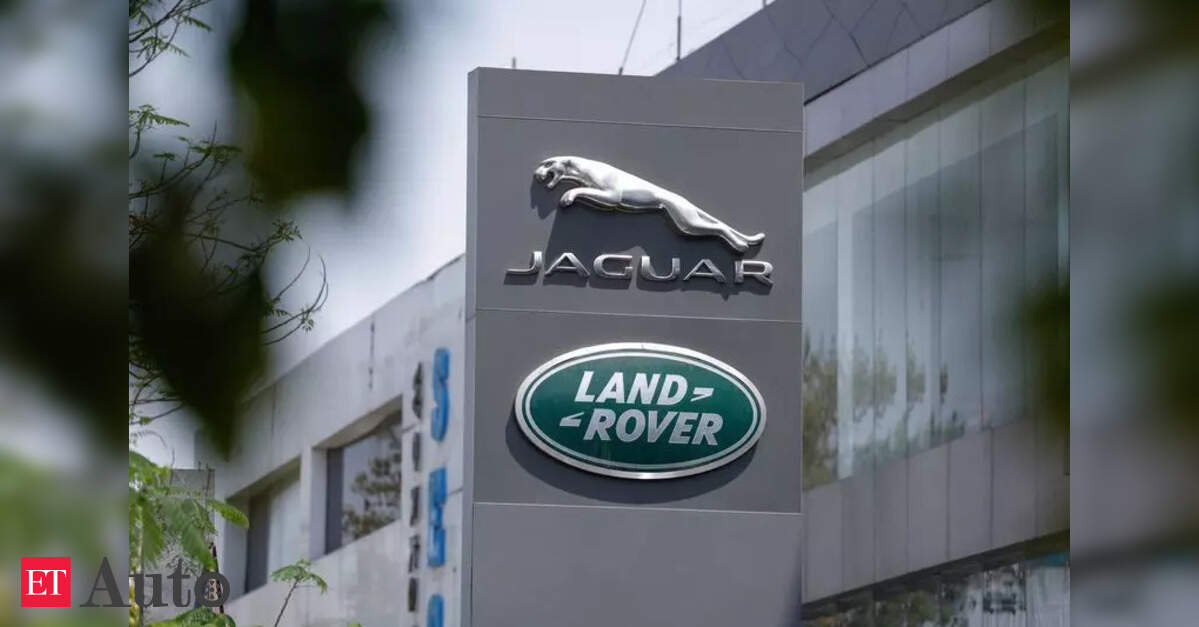Reducing indirect vendor overcharges for restaurants
Operations
Restaurant operators face financial pressure from various costs and declining customer visits, with many overlooking potential savings in "fixed costs" like utilities and waste services. While negotiating these rates can yield savings, hiring a cost-reduction consultant is an effective approach.

Photo: vivoo - stock.adobe.com
June 16, 2025 by Larry Levine — Expense Reduction Consultant, P3 Cost Analysts
Restaurant operators are being pressured on all sides — food costs, labor costs, rent, taxes, waste, uniforms and energy expenses. On top of that, restaurant visits have decreased as people have less discretionary funds to dine outside of their homes.
Restaurant worker labor rates are on the rise with some municipalities eyeing $25 per hour for their restaurant worker constituents.
As much as 80% of the pork eaten in the US comes from China and possibly subject to President Donald Trump's tariffs. Although most chicken and beef products are raised in the US, they, too, are affected by tariffs as much of their feed supply chain comes from China as well as many of the farm equipment needed to support these stocks.
Much is said about making wise food choices, optimizing labor practices and choosing vendors who offer comparable products at lower rates. Not much is said, though, about those many "fixed costs" most restaurants take for granted — telecom, utilities, waste, uniforms/linens, insurance, property tax and more.
Most restaurant operators attempt to negotiate rent with their locations' landlords or purchase price with the properties' sellers. But most clients of these "fixed cost" services simply accept the quoted rates from their vendors as the final word on price and terms, except for perhaps linen quantities and waste pickup days. Some clients, as hesitant as they may be, might attempt to negotiate the rates offered by their vendor and be quite satisfied to be offered a 5-10% discount.
But that is actually what everyone should do — ask for lower rates, perhaps in exchange for longer terms or in exchange for not going to their competitor. The worst that will happen is that the vendor will say no and you are back where you left off. In many cases though, you will get better rates — 5% or more discounts. Your telephone company and electricity or gas may not move as easily, especially if you operate in a regulated energy state, but perhaps your telecom operator can optimize your plans and consolidate phones and minutes and change your service tier. There are many other Telecom options, especially in the mobile phone market where your restaurant's regional managers need their cell phones, or in the VoIP market for your restaurant telephones.
Similar is often true for your waste and uniforms/linens vendors — negotiating rates, optimizing service levels and considering alternate vendors (either used as a negotiation tactic or for real). Property tax reductions are not as easy but are often quite possible — especially for larger restaurant properties.
If each of your restaurant locations is spending perhaps $5,000 per month on telecom, utilities, waste, uniforms/linens, property tax (I bet it's more) — or $60,000 per year, savings even 5% equates to $3,000 per year saved. 10 locations and that is $30,000 cash straight to your bottom line.
The rub here is that you're likely not an expert in the utilities, waste or uniforms/linens industries — to say nothing of the amount of time your team does not have available for this task. No doubt, you know the exact Pantone color and thread-count of your linen napkins as well as how many you will need for Mother's Day weekend, but do you know what price you are paying for that napkin, quantity 1, 100, 1,000, 10,000, much less the vendor's cost? How much does it cost your waste vendor to haul your waste?
Do you remember your cost accounting class from your MBA? I know I do. Business success stems from knowing and managing costs. The same is true for waste pickups and the rest. Your waste vendor may be charging you $1000 per month for each of your 10 locations. That's a bargain compared to hauling the waste yourself, but what is that restaurant across the street being charged for basically the same service. Is $900 a fair number? How about $200? How much do their linens and napkins cost? Go ahead and ask for price reductions. You may get some. You may not. Even if you do get a price reduction, your prices may start to creep back up without you even realizing it — regardless of what your contract says.
By now, you may be thinking that it's not worth it. I will only get a few dollars and the ROI is not there and I need to focus on bringing in more clients, better food, labor, culture, atmosphere, the air conditioning, the new stove, oh my god... You may be right — if you do it all yourself.
Who does your bookkeeping, files your taxes, represents you in court, runs your social media? I bet it's a bookkeeper, a tax preparer, an attorney and a social media agency — all experts in their fields and able to perform the required work effectively and efficiently. The same is true for these indirect vendor [over]charges.
Find yourself a cost reduction consultant with expertise in these industries — telecom, utilities, waste, uniforms/linens, insurance, property tax and more. They will work on your behalf — with their deep industry experiences — to negotiate rates, terms and conditions in your favor and will work to reduce your vendors' rates 10%, 20%, 30% and sometimes as much as 75% from where they were. The most experienced cost reduction firms are able to achieve 30-40% average cost reduction across a business's indirect vendor spends – for as many as 90% of their clients. Further, the industry standard fee structure is a contingency fee — their fees are contingent upon finding savings – there is no fee if they cannot reduce the spends with your current vendors and they share in the savings found if they do. There really is no risk, no service interruption, nor burden on your staff — the ROI is virtually infinite.
Is your restaurant one of the 10% who have all of their vendor rates at cost-level or are even some of your vendor rates in the 90% part of the market who are overcharged?
Now, go back to that example from before of the restaurant spending $5,000 per month or $60,000 per year on this group of expenses. A 30% reduction results in is an $18,000 annual increase in net margins for that location and perhaps $180,000 annual increase for a group of 10 restaurants — all without a change of service quality, pickup schedule or thread count.
How much did you save with your labor optimizations, food supply chain and menu changes? How much did it affect your menu pricing and how much time and labor did you spend on this? No doubt you have to do these tasks too to operate and perhaps even to survive. I argue that you also need to reduce your indirect spend to compete on in-restaurant experience, food and labor quality, gain a competitive advantage and perhaps even to survive.
About Larry Levine
Larry has over 35 years of industry experience in high tech, home care and Indirect Spend reduction consulting. Having worked at various high tech companies including Data General Corporation (now Dell Technologies) and Lucent Technologies (now Nokia) in his early career, owning and managing a Home Care company in his middle career and now owning and operating a Cost Reduction franchise, Larry has gathered experience and deep skills working with individuals, small and medium businesses and Fortune 100 business executives. His nation-wide clients span multiple industries including automotive,












